Are these native perennials going to be invasive at all?
prairiemoon2 z6b MA
17 years ago
Featured Answer
Sort by:Oldest
Comments (12)
prairiemoon2 z6b MA
17 years agophilmont_709n2
17 years agoRelated Discussions
faster growing, non-invasive, tall perennials for zone 5
Comments (39)I received 3 helianthus "lemon queen" for mother's day. Unfortunately 2 of them didn't make it, but the 3rd one did... just barely. Seems, as the plant was just taking off, a ball from over the fence broke most of it off. It has since regrown but hasn't bloomed yet. I also just received 2 replacements from the company my daughter bought the originals from and will plant them as soon as it stops raining. (I may just have to build an ark if it doesn't stop soon!) I've also acquired some Boltonia from a neighbor and bought a black sambucus. Let's see... from seed I started some perennial sunflowers and heliopsis. Most of the new perennials did pretty good this first year but I imagine they'll do even better in the coming years! In the meantime, to fill in the gaps until the perennials fill out I planted tithonia, annual sunflowers, along with scarlet runner beans. Next spring I'm going to transplant a clematis too. All in all it was a successful year keeping the little darlings at bay. They've also made friends in the neighborhood and, now that they're a little older, mom lets them go to the friends' houses so most of the time they're gone. Peace at last. Thanks to everyone for their suggestions!...See Moremy treasured natives invasive?
Comments (7)"Invasive" means a plant that's introduced and crowds out natives. So a native, by definition, can't be invasive. That being said, some natives do grow more enthusiastically than others, and in particular circumstances certain plants will crowd out others. Plants are always in competition with each other for light, space, nutrients, water. There's a lot going on that you can't see. Your site may be better adapted to the Solomon's seal than to the jacks because of something in the soil. And vines, in particular, are always prolific because they can't fruit until they get full sun. Sometimes it helps to try to see it from the plant's point of view! There's nothing wrong with moving things around--maybe you need to divide the Solomon's seal (next spring), or maybe you need to try the trilliums in different spots. And I too grow Virginia creeper and need to cut it back throughout the growing season or it would overpower some of my perennials....See MoreDesert invasive weed or native plant?
Comments (19)Oh my gosh! You got it! Thank you!!! It used to be called baccharis emoryi (here in Zion) , and it got reclassified as baccharis salicina. What threw me off when I looked at your link were the toothed, and wider leaves. But when I typed in baccharis with zion national park, this is what I got! zion/white_wildflowers/baccharis_emoryi_i93.html That's it to a "T"! Tiny flowers with no discernable petals, and elongated, more lanceolate leaves! I can't thank you guys enough! Apparently it's one of the riparian plants here. It must have mistaken my gutter drainage for a wash LOL! Woo hoo!...See MoreInvasive perennials
Comments (82)I just looked up Crossbow in my zeal to find a good killer of Epitactis and found some interesting info, mainly that it still Roundup, but in much higher concentration, Here's what one customer review said about Crossbow: Most commercially available Roundup products contain between 1-2% glyphosate. This concentrate is 41%. Once a certain saturation level is reached within the weed, applying more (or stronger) glyphosate will not accelerate its death. It is more effective to treat several times with 2% solution over the course of a month, than to treat once with a stronger solution. Sinxe I already have a gallon of Roundup concentrate, I can make my own Crossbow in a nearly two to one ratio. Or, maybe I'll just continue treating my thug with repeat doses of lower strength Roundup....See Morersmallen
17 years agojohn_mo
17 years agojoepyeweed
17 years agoprairiemoon2 z6b MA
17 years agokatherine15
17 years agopam_aa
17 years agoprairiemoon2 z6b MA
17 years agonvteecy
17 years agodavidl_ny5
17 years ago
Related Stories
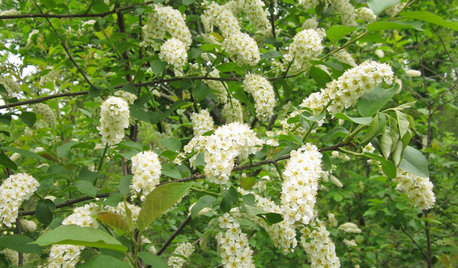
TREESNative Plant Alternatives to Invasive Common Buckthorn
Learn how to identify and control this aggressive plant, and what to grow in its place
Full Story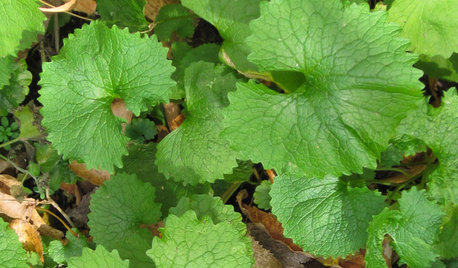
GARDENING GUIDESDo You Have This Invasive Plant in Your Yard?
Garlic mustard is spreading across the U.S. Here’s how to spot it and what to do
Full Story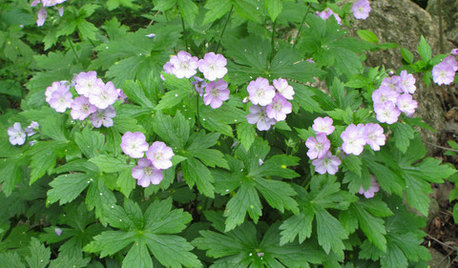
NATIVE PLANTS10 Essential Native Perennials for the Great Lakes and Upper Midwest
These adaptable native plants thrive in a variety of conditions and will provide flowers throughout the season
Full Story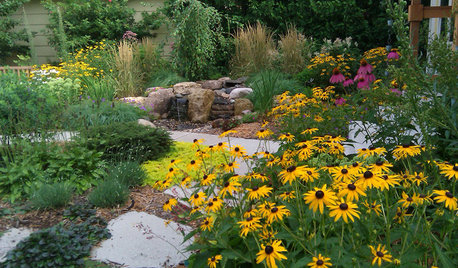
FLOWERSRudbeckia Mania: Go Beyond Black-Eyed Susan in the Garden
Branch out from typical nursery fare, with lesser-known Rudbeckia species that have delightfully unexpected features
Full Story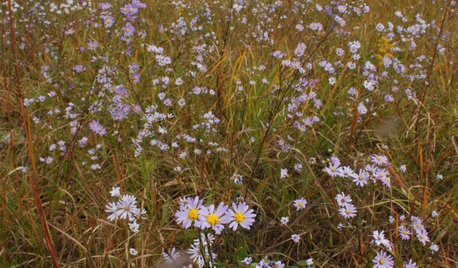
GARDENING GUIDES15 Native Flowers That Feed Native Bees
These perennials offer superfood to hundreds of bees and are gorgeous in their own right
Full Story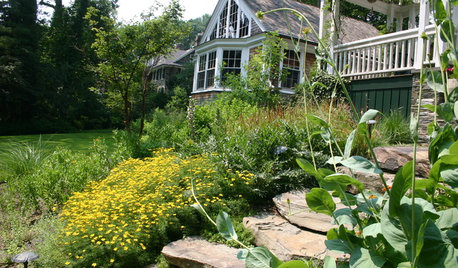
NATIVE PLANTS5 Ways to Keep Your Native Plant Garden Looking Good All Year
It’s all about planning ahead, using sustainable practices and accepting plants as living organisms
Full Story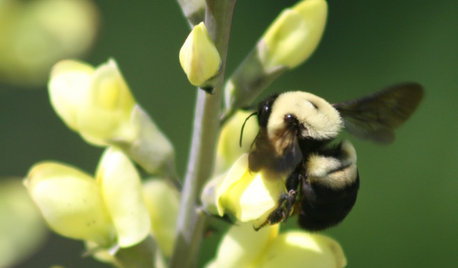
GARDENING GUIDESGreat Native Plant: Baptisia
Bring beneficial bee pollinators with this drought-tolerant perennial that looks like a shrub and acts like a flower
Full Story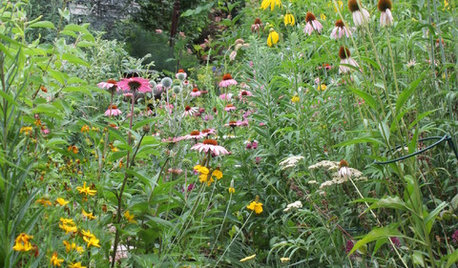
GARDENING FOR BUTTERFLIES3 Ways Native Plants Make Gardening So Much Better
You probably know about the lower maintenance. But native plants' other benefits go far beyond a little less watering and weeding
Full Story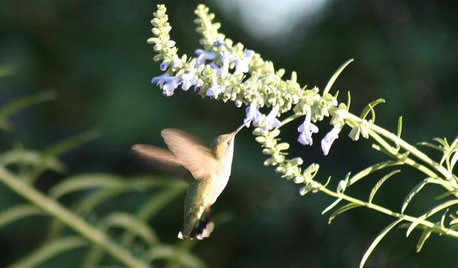
GARDENING GUIDESHow to Find the Right Native Plants for Your Yard
Find plant maps, sale sites and guides that make going native in the garden easier than ever
Full Story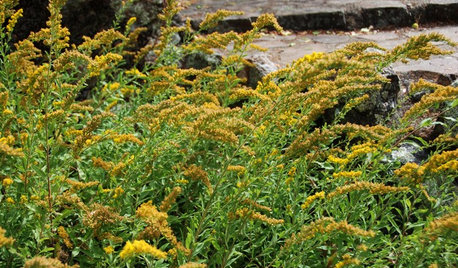
GARDENING GUIDES6 Native Goldenrods Worth a Second Look
Goldenrod gets a bad rap as being aggressive, but these more mannerly choices offer a bunch of benefits
Full Story


joepyeweed